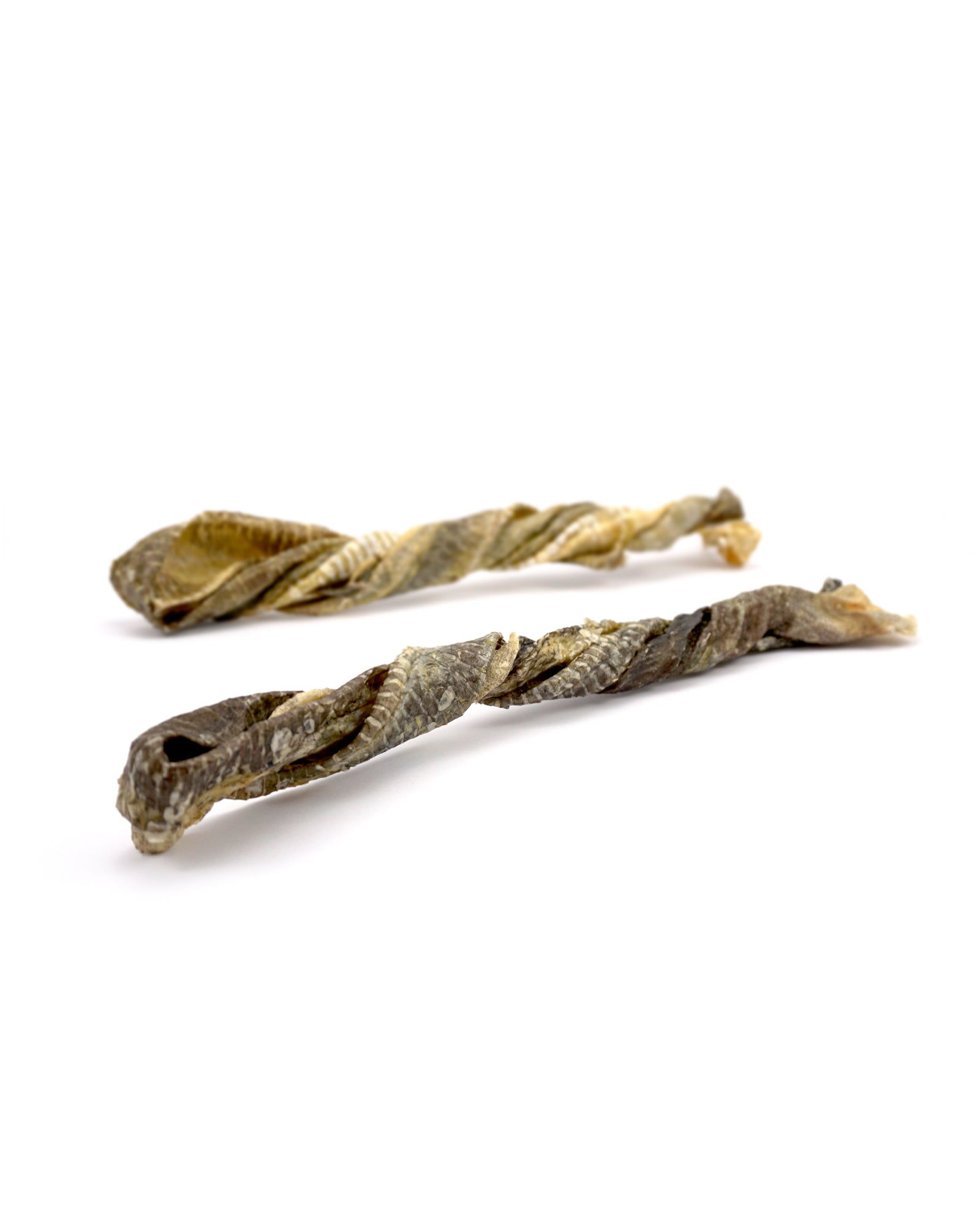For those of you with canine companions, you have most likely watched your dog suddenly burst into a frenzy of energy, racing around the room like a furry tornado.
What are dog zoomies?
Dog zoomies are a common behaviour and do not cause your dog any harm. According to Certified Applied Animal Behaviourist Jill Goldman, PhD, zoomies are a type of Frenetic Random Activity Period (FRAP). Zoomies occur when a dog has a sudden burst of energy, runs around in circles, jumps, and generally acts silly. Zoomies usually occur in puppies or younger dogs and are not a cause for concern.
However, if your dog has zoomies frequently, it could be a sign of a more significant behavioural issue. Keeping track of how often your dog has the zoomies and consulting with a veterinarian can help determine if there is a more significant problem.
In general, dog zoomies are a fun and natural behaviour that allows your dog to release pent-up energy.
Why do dog zoomies occur?
Dogs get the zoomies to release built-up excess energy. Although this behaviour can appear worrying, it is natural and generally harmless for dogs.
As your dog ages, the occurrence of zoomies tends to lessen. However, no matter the age, if your dog exhibits zoomies excessively, speak with your veterinarian.
What causes dogs to get zoomies?
According to behaviourist Dr Pamela J. Perry '89, D.V.M., there isn't a specific known cause of Frenetic Random Activity Period (FRAPs) in dogs.

Express excitement
When your dog gets excited, zoomies can be a way for them to release the built-up energy in a fun and playful way. Some also believe that zoomies can be a way for your dog to communicate their excitement.
Release tension and anxiety
Your dog can become triggered by tolerating stressful or uncomfortable situations, such as visiting the vet, being bathed, or having separation anxiety. Within that time, your dog builds up nervous energy, which is released through FRAPs.
Warm up
Your dog may get the zoomies when they're cold to help warm themselves up. When dogs run around and play, it increases their heart rate and circulation, which in turn raises their body temperature.
Feel-good moment
Playing with other canine friends, cuddling you on the couch, or the moment after having a poo are examples of feel-good moments for your dog. Sometimes these feel-good moments can trigger your dog's FRAPs as a way for them to celebrate.
Relieve pain
Zoomies are generally positive; however, on odd occasions, zoomies can be a sign that your dog is hurt. Dr Pamela J. Perry says you can see if your dog is in pain by looking at their "posture during and after a FRAP episode". Your dog would be "more tense, with wide eyes and a tightly tucked tail"
Time of day
Your dog has a built-in biological rhythm. For many dogs, zoomies can occur at the exact times each day.
We asked our customers if their dog has zoomies at specific times of the day, and here are the results:
-
91% Yes
-
9% No
Are dog zoomies harmful?
Zoomies themselves will not harm your dog. However, your dog can injure themselves by bumping into people, furniture or misplaced items in the room.
Dr Pamela J. Perry advises to "keep zooming dogs away from stairs, slippery floors, obstacles and the road". Try to direct your zooming dog to a carpeted room, a more open-spaced room or a fully fenced garden.
Jill Goldman states that it is "fine to let your dog's zoomies run their course". Overall, zoomies are safe for your dog and follow the above advice to avoid your dog injuring themselves.
Aggressive dog zoomies
If your puppy appears to be nipping or biting when they get the zoomies, this is relatively common and shouldn't be anything to worry about. However, it is highly recommended to redirect that behaviour to stop it from happening again.
If aggressive behaviour persists or has newly occurred when your dog gets the zoomies, it is essential to address the underlying cause. Aggressive behaviour can be displayed due to many factors. Examples are that your dog could be in pain, stressed or in an uncomfortable situation. Jill Goldman recommends tracking your dog's zooming behaviour to help find the underlying issue.
How to prevent zoomies
You won't be able to completely stop your dog from zooming. However, you may be able to lessen the frequency of the zoomies and the length of time the zoomies last.
To help prevent zoomies, ensure your dog gets enough physical and mental stimulation, introduce a more consistent daily schedule and try avoiding things that trigger your dog zooming.
How Skipper's treats can help dog zoomies
Skipper's treats may not directly help with dog zoomies. However, Skipper's treats can be used to redirect your dog's burst of energy and attention. It is recommended to redirect your dog's zooming behaviour towards a more structured activity that can prevent or reduce the intensity of your dog's zoomies.
If you know the signs that your dog is about to have zoomies, offer them a bite-sized treat and use that to lure your dog into an engaging activity such as fetch, training exercise, walk, etc.
Natural dog treats
Overall, natural dog treats are the best option for treating your dog. However, it is best to choose a natural dog treat that is healthy and low in fat. Skipper's natural dog treats are low in fat, and the majority only contain one ingredient. Even better, Skipper's natural dog treats are beneficial in various ways towards your dog's health.
Therefore, whilst you're directing your dog's burst of energy from their zoomies to another activity, you're benefiting your dog's health in ways such as maintaining the health of your dog's brain, improving your dog's joints, improving the condition of your dog's skin & coat and more!


























